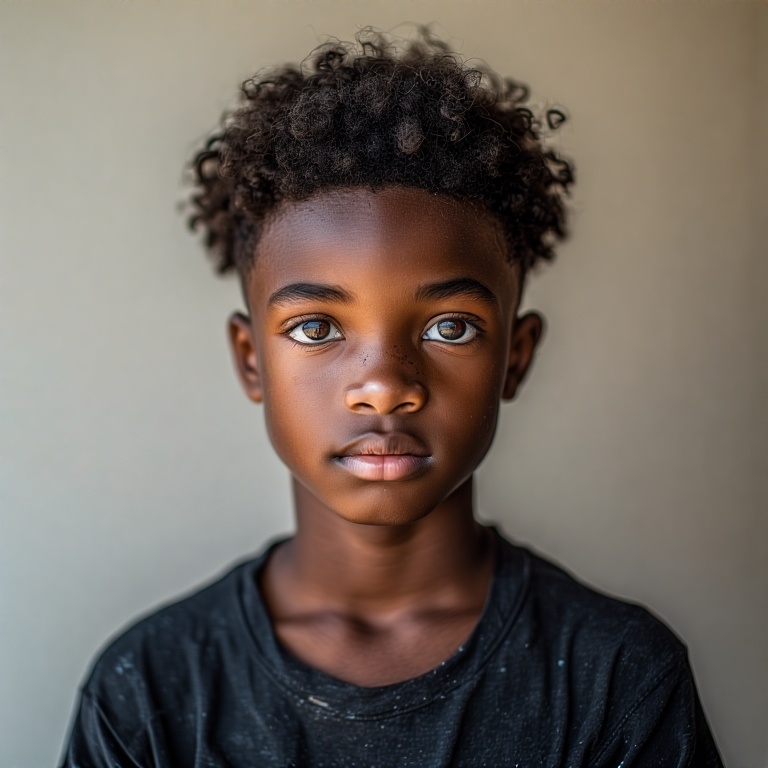
Why Loving Your Body Doesn’t Always Mean Loving Yourself
The Inner Landscape – Psychology, Identity, and Self-Perception
The Outer Mirror – Culture, Biology, and the Social Gaze
A Body Is Never Just a Body
Body image is not a surface-level concern—it’s a deeply embedded psychological and cultural construct. Whether someone feels love or hatred toward their body is rarely about objective appearance. Instead, it reflects a complex matrix of early conditioning, social feedback, neurobiology, and identity formation.
The Paradox of Body Image
Body image refers to a person’s subjective perception of their physical appearance, which may or may not align with reality. According to the National Eating Disorders Association, over 70% of women and 40% of men report dissatisfaction with their bodies. Yet others report high levels of body appreciation, often tied to functionality, resilience, or identity affirmation. This paradox reveals that body image is not about the body itself—it’s about the meaning assigned to it.

Psychological Foundations of Body Perception
- Early Childhood Conditioning Children begin forming body image between ages 3–6, influenced by parental modeling, peer interactions, and media exposure. Studies show that parental comments about weight or appearance—even when well-intentioned—can predict body dissatisfaction in adolescence.
- Attachment and Self-Worth Secure attachment styles, formed through consistent emotional responsiveness in early life, correlate with higher self-esteem and healthier body image. Insecure attachment styles (anxious or avoidant) often lead to heightened sensitivity to criticism and distorted self-perception.
- Cognitive Bias and Emotional Memory Cognitive distortions such as “all-or-nothing thinking” or “catastrophizing” can amplify perceived flaws. Emotional memories—especially those tied to bullying, rejection, or trauma—anchor these distortions, making them resistant to change.
- Neurodiversity and Sensory Experience Individuals with autism spectrum disorder or sensory processing disorders may experience discomfort with bodily sensations, textures, or movement. This can lead to a disconnection from the body that is unrelated to appearance but deeply impactful.
Gender Differences – Male vs. Female Body Image
Body image concerns manifest differently across genders due to distinct social expectations, hormonal influences, and cultural scripts.
- Female Body Image Women are disproportionately targeted by beauty industries, with idealized standards emphasizing thinness, youth, and flawlessness. According to the American Psychological Association, over 80% of adolescent girls report dissatisfaction with their bodies. Societal pressures often lead to internalized objectification, where women view their bodies from an external perspective—evaluating themselves as if through the eyes of others.
- Male Body Image Men face increasing pressure to conform to muscular, lean, and athletic ideals. The rise of “muscle dysmorphia”—a subtype of body dysmorphic disorder—reflects this trend. Unlike women, men are more likely to focus on size and strength rather than thinness. However, stigma around male vulnerability often prevents open discussion, leading to underreported distress.
- Shared and Divergent Themes Both genders experience body dissatisfaction, but the emotional tone differs: women often report shame and anxiety, while men report frustration and inadequacy. Media representation, peer comparison, and gendered expectations all shape these experiences.
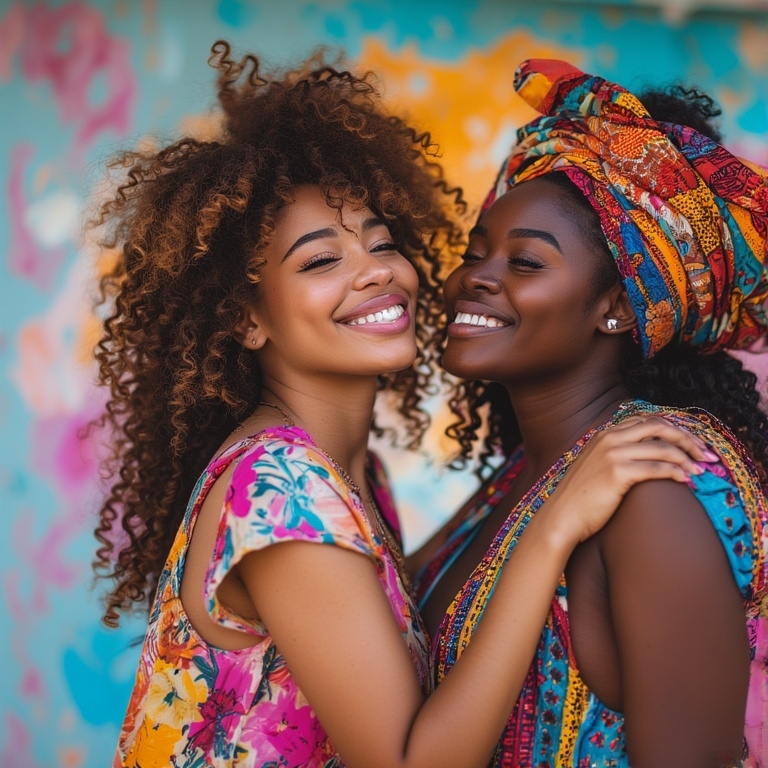
LGBTQ+ Perspectives – Identity, Visibility, and Resistance
Body image within LGBTQ+ communities is shaped by unique intersections of identity, marginalization, and affirmation.
- Queer and Trans Experiences Trans individuals often experience body dysphoria—a profound discomfort with physical traits that don’t align with gender identity. This can lead to detachment, distress, or hyper-focus on transition-related changes. Queer individuals may also face pressure to conform to subcultural aesthetics (e.g., “twink,” “bear,” “femme”), which can reinforce narrow ideals.
- Minority Stress and Body Perception LGBTQ+ individuals often navigate “minority stress”—chronic social stress due to stigma and discrimination. This stress correlates with higher rates of eating disorders, body dysmorphia, and self-harm. However, queer communities also foster radical body acceptance, challenging mainstream norms through art, activism, and visibility.
- Affirmation and Reclamation Many LGBTQ+ people reclaim body autonomy through chosen families, gender-affirming care, and inclusive representation. Pride events and queer art often celebrate bodily diversity, offering counter-narratives to shame and invisibility.
Disability and Body Image – Beyond Function and Form
For individuals with disabilities, body image is shaped by medical narratives, social stigma, and lived experience.
- Medicalization and Objectification Disabled bodies are often viewed through a clinical lens—diagnosed, treated, and measured. This can lead to feelings of alienation, especially when functionality is prioritized over personhood. Assistive devices, scars, or atypical movement may be perceived as flaws by society, but as tools of empowerment by the individual.
- Visibility and Representation Lack of representation in media and fashion reinforces the idea that disabled bodies are “other.” However, disability pride movements challenge this erasure, promoting visibility, autonomy, and aesthetic diversity.
- Embodiment and Resilience Many disabled individuals develop profound body appreciation through resilience, adaptation, and advocacy. The body becomes a site of strength, not limitation—especially when supported by inclusive environments and affirming narratives.

Children – The Formation of Body Schema
Body image begins forming in early childhood, shaped by family dynamics, media exposure, and peer interactions.
- Developmental Milestones By age 3–6, children begin to recognize and compare physical traits. Comments from caregivers—such as “you’re so big” or “don’t eat that”—can embed early scripts about weight and worth.
- Media and Toys Exposure to idealized characters (e.g., thin princesses, muscular superheroes) influences body ideals. Studies show that children who play with stereotypical dolls report lower body satisfaction.
- Protective Factors Positive reinforcement, diverse representation, and body-positive language can buffer against early dissatisfaction. Teaching children to value function over form fosters resilience.
Teenagers – The Crucible of Comparison
Adolescence is the peak period for body dissatisfaction due to hormonal changes, identity formation, and social comparison.
- Puberty and Self-Consciousness Rapid physical changes—acne, weight fluctuation, breast development—can trigger insecurity. Teens often compare themselves to peers and media figures, amplifying perceived flaws.
- Social Media Influence Platforms like Instagram and TikTok intensify comparison through filters, curated images, and influencer culture. Research shows that frequent social media use correlates with increased body dissatisfaction and disordered eating.
- Gender and Peer Pressure Girls often face pressure to be thin and attractive; boys to be muscular and athletic. Nonbinary and queer teens may struggle with dysphoria or exclusion, compounding distress.
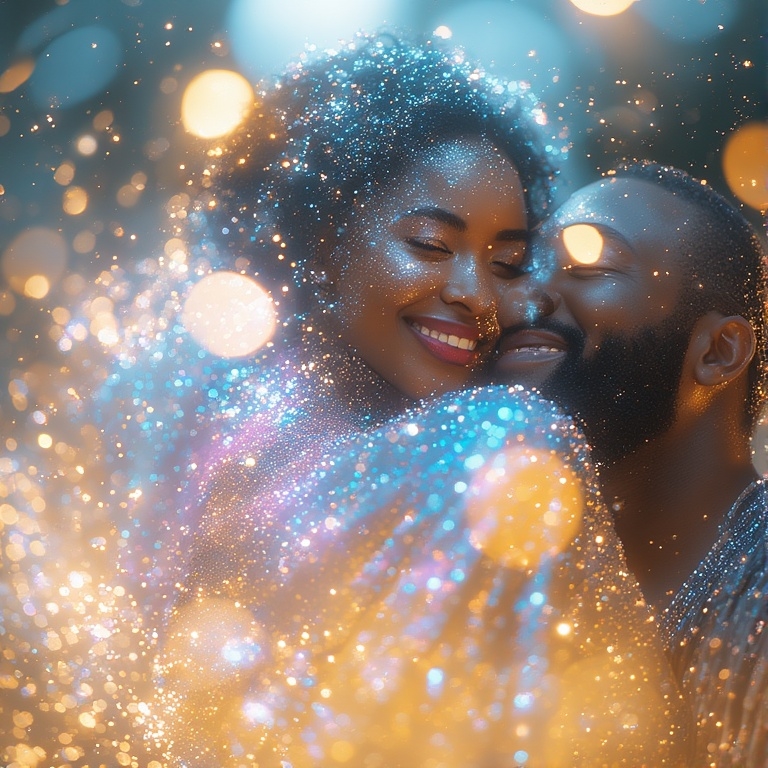
Adults – Negotiating Identity and Functionality
In adulthood, body image becomes intertwined with identity, career, relationships, and health.
- Postpartum and Parenthood Many adults experience body changes due to pregnancy, childbirth, or caregiving stress. Societal pressure to “bounce back” can lead to shame and unrealistic expectations.
- Workplace and Appearance Norms Professional environments often reward polished, youthful appearances. This can lead to cosmetic interventions or chronic dissatisfaction, especially in image-driven industries.
- Health and Aging Awareness Adults begin to prioritize functionality—mobility, energy, endurance—over aesthetics. This shift can foster body appreciation, especially when framed through wellness rather than appearance.
Midlife and Seniors – Reclaiming the Aging Body
Later life stages offer both challenges and opportunities for body image transformation.
- Menopause and Andropause Hormonal shifts affect weight, skin, libido, and energy. These changes can trigger insecurity, especially when aging is framed as decline.
- Cultural Devaluation of Aging Western cultures often marginalize older bodies, associating youth with beauty and relevance. This can lead to invisibility and shame.
- Wisdom and Acceptance Many seniors report increased body appreciation, tied to lived experience, emotional maturity, and reduced social comparison. Aging becomes a lens for gratitude, not loss.
- Functional Prioritization Seniors often value their bodies for what they allow—walking, gardening, hugging—not how they look. This functional focus fosters peace and pride.

The Bodies Paradox of Attainment
Why Loving Your Body Doesn’t Always Mean Loving Yourself
In a culture saturated with transformation narratives—“before and after” photos, fitness journeys, cosmetic procedures—many believe that achieving the ideal body will unlock happiness, confidence, and self-worth. Yet countless individuals report that even after reaching their aesthetic goals, emotional dissatisfaction persists. This paradox reveals a critical truth: body love is not synonymous with psychological well-being.
The Illusion of Conditional Worth
- External Validation vs. Internal Peace Many pursue body change to gain approval—from peers, partners, or society. While compliments and attention may increase temporarily, they rarely satisfy deeper needs for belonging, safety, or authenticity. When worth is tied to appearance, it remains fragile and contingent.
- Perfectionism and Shifting Standards Perfectionists often move the goalpost. Once one “flaw” is corrected, another emerges. This cycle of dissatisfaction is fueled by cognitive distortions like “not good enough” or “never finished.” Even after weight loss, muscle gain, or surgery, the internal critic remains active.
- Identity Disruption Dramatic body changes can destabilize identity. Individuals may feel disconnected from their new appearance, especially if it was achieved rapidly or through external pressure. This phenomenon—known as “body incongruence”—can lead to anxiety, depersonalization, or grief.
Psychological and Emotional Disconnect
- Unresolved Trauma Body transformation does not heal emotional wounds. If body hate was rooted in bullying, abuse, or neglect, those memories remain unless consciously addressed. The body may change, but the emotional imprint persists.
- Mental Health Conditions Depression, anxiety, and body dysmorphic disorder can distort perception regardless of appearance. Individuals may continue to see flaws or feel inadequate, even when others perceive them as “ideal.”
- Self-Objectification When individuals view themselves primarily through the lens of appearance, they may lose connection to internal states—hunger, joy, intuition. This self-objectification reduces embodiment and increases emotional numbness.

Cultural and Social Reinforcement
- Increased Scrutiny Ironically, achieving a socially ideal body can invite more scrutiny. People may feel pressure to maintain their appearance, fear regression, or experience jealousy from others. This hyper-visibility can lead to anxiety and isolation.
- Loss of Community Some individuals report losing connection with communities that supported them during their transformation. For example, those who leave body-positive spaces after weight loss may feel guilt or rejection, complicating their emotional landscape.
- Narrative Collapse When the “transformation” story ends, individuals may feel purposeless. If identity was built around the journey—tracking progress, sharing updates—the arrival can feel anticlimactic or hollow.
The Need for Holistic Integration
- Emotional Literacy True body peace requires emotional awareness—naming feelings, understanding triggers, and cultivating self-compassion. Without this, physical changes remain surface-level.
- Values-Based Living Aligning with personal values—creativity, connection, service—offers deeper fulfillment than appearance alone. When individuals live in accordance with their values, body image becomes less central to self-worth.
- Embodiment and Functionality Reconnecting with the body’s sensations, movements, and capabilities fosters appreciation beyond aesthetics. Practices like somatic therapy, dance, or mindful movement help restore this connection.
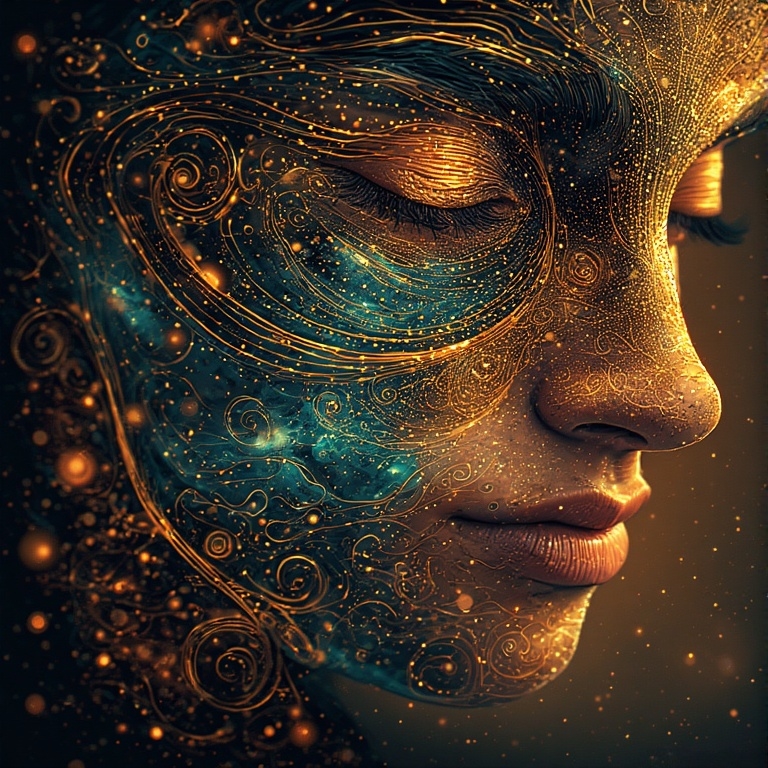
Bodies Cultural Scripts and Social Conditioning
- Beauty Standards and Media Saturation Western beauty ideals often emphasize thinness, symmetry, and youth. These standards are perpetuated through advertising, entertainment, and social media. Research from the American Psychological Association shows that exposure to idealized images correlates with increased body dissatisfaction, especially among adolescents.
- Gendered Expectations Women are often socialized to view their bodies as objects for evaluation, while men are taught to see their bodies as instruments of strength or performance. These roles shape how individuals internalize feedback and pursue body-related goals.
- Racial and Ethnic Identity Cultural norms around body size and shape vary widely. For example, Afrocentric beauty standards often celebrate curvier bodies, while East Asian cultures may idealize slimness. When individuals grow up in environments that devalue their natural body type, internal conflict and shame can result.
- Disability and Visibility People with visible disabilities often face societal discomfort, pity, or exclusion. This can distort body image, especially when medical narratives frame the body as “broken.” However, disability pride movements and inclusive representation have helped many reclaim body autonomy and appreciation.
Biological and Genetic Influences
- Set Point Theory and Body Regulation Set point theory suggests that each person has a biologically determined weight range that their body naturally maintains. Attempts to drastically alter this range through dieting or overexercising often trigger metabolic resistance, leading to weight cycling and psychological distress.
- Hormonal and Neurological Factors Hormones like cortisol (stress), serotonin (mood), and leptin (satiety) influence body perception. Chronic stress elevates cortisol, which can increase abdominal fat and heighten body dissatisfaction. Low serotonin levels are linked to depression and negative self-image.
- Evolutionary Psychology Evolutionary theorists argue that body preferences are shaped by reproductive cues—such as waist-to-hip ratio, facial symmetry, and muscularity. These instincts influence both how we perceive others and how we evaluate ourselves, often unconsciously.
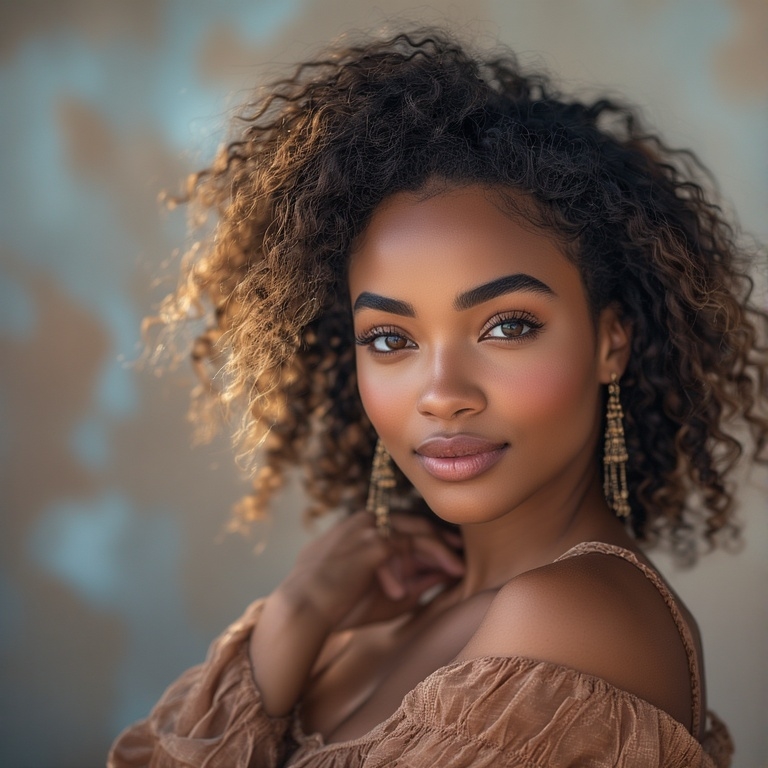
Body Neutrality – A Middle Path to Bodies Peace
Body neutrality shifts the focus from appearance to function. Instead of loving or hating the body, individuals are encouraged to respect what it does—breathing, moving, healing. This approach is especially helpful for those recovering from eating disorders or trauma, as it reduces emotional intensity around body evaluation.
Mindfulness and Embodiment Practices
Mindfulness-based interventions, such as Mindful Self-Compassion (MSC) and yoga therapy, have been shown to improve body image by increasing interoceptive awareness—the ability to sense internal bodily states. These practices help individuals reconnect with their bodies in nonjudgmental ways, fostering gratitude and emotional regulation.
Narrative Reframing – Rewriting the Body Story
Narrative therapy encourages individuals to externalize their body struggles and re-author their story. Instead of viewing the body as a source of shame, it becomes a symbol of resilience, survival, or transformation. This reframing is especially powerful for those with histories of trauma, illness, or marginalization.

Social Comparison – The Trap of Measuring Up
Social comparison theory, developed by Leon Festinger, explains how individuals evaluate themselves based on others. In the age of social media, upward comparisons (to those perceived as superior) dominate, leading to envy, shame, and distorted self-image. Algorithms amplify idealized bodies, creating a false norm.
Trauma and the Body – When Pain Lives in the Flesh
Trauma often manifests somatically. Survivors of abuse, assault, or medical trauma may experience dissociation—a psychological detachment from the body. This can lead to body hatred, as the physical form becomes associated with vulnerability or violation. Somatic therapies aim to restore safety and connection.
Identity and Intersectionality – When Bodies Carry Multiple Labels
Intersectionality, coined by Kimberlé Crenshaw, highlights how overlapping identities (race, gender, sexuality, ability) shape lived experience. Marginalized individuals often face compounded pressures—such as racism and fatphobia—that distort body perception and limit access to affirming spaces.
Aging and the Shifting Body Narrative
As bodies age, societal value often declines. Wrinkles, weight gain, and reduced mobility are framed as losses. Yet many older adults report increased body appreciation, tied to functionality, wisdom, and emotional maturity. Age-inclusive movements challenge youth-centric beauty norms.
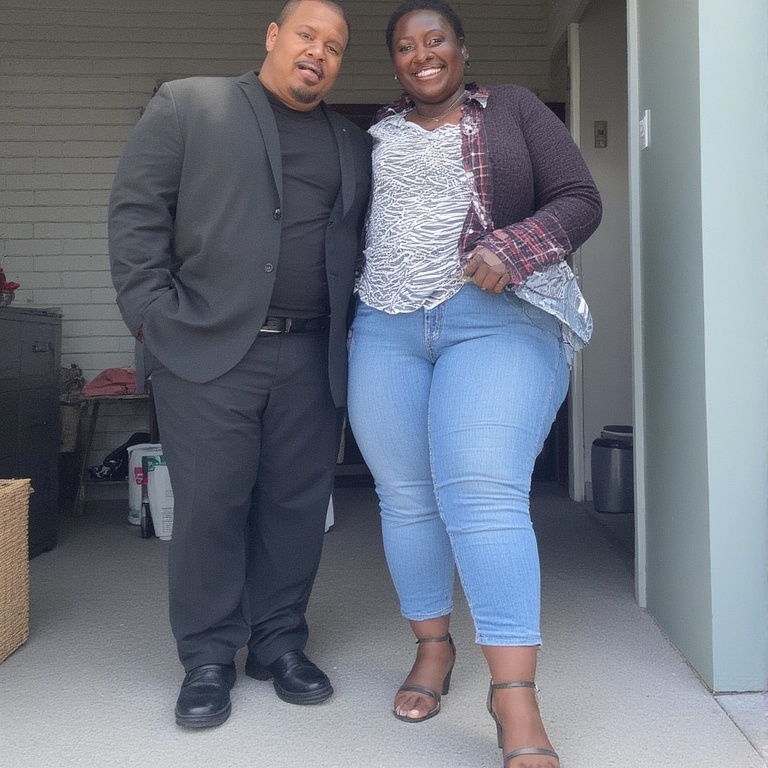
Fitness Culture – Empowerment or Obsession?
While physical activity can enhance body image through endorphin release and strength-building, fitness culture often promotes perfectionism. “No pain, no gain” rhetoric and transformation narratives can fuel disordered behaviors and body shame, especially when tied to aesthetic goals.
Clothing and Self-Expression – Dressing the Body Narrative
Clothing serves as both armor and expression. When individuals wear garments that align with their identity—whether through color, fit, or symbolism—body confidence often rises. Conversely, restrictive dress codes or lack of size inclusivity can reinforce body shame and exclusion.
Family Dynamics – Inherited Beliefs and Silent Scripts
Family systems transmit body beliefs across generations. Comments like “you’re just big-boned” or “don’t eat that, you’ll get fat” embed early scripts. Even silent modeling—such as parental dieting or mirror-checking—shapes children’s body schema and self-worth.
Religion and Spirituality – Sacred or Shameful?
Religious teachings influence body attitudes. Some traditions honor the body as a temple, promoting care and reverence. Others emphasize modesty, asceticism, or sinfulness, which can lead to shame or repression. Spirituality can also offer healing through rituals of embodiment and acceptance.
Medicalization of the Body – Diagnoses and Definitions
Medical frameworks often pathologize bodies through metrics like BMI, which fails to account for muscle mass, bone density, or ethnic variation. Labels like “obese” or “underweight” can stigmatize individuals, affecting self-perception and access to compassionate care.

Art and Representation – Seeing the Body Differently
Art challenges dominant narratives by portraying diverse bodies—fat, disabled, aging, queer—as beautiful, powerful, or sacred. From Frida Kahlo’s self-portraits to contemporary body-positive photography, visual representation expands the cultural vocabulary of beauty and identity.
Community Bodies and Belonging – The Power of Collective Validation
Belonging is a powerful antidote to body shame. Supportive communities—whether online forums, advocacy groups, or chosen families—offer validation, shared experience, and resistance to harmful norms. Collective affirmation helps individuals rewrite their body story with pride.
Conclusion – Toward a More Compassionate Body Culture
Body love and body hate are not fixed traits—they are dynamic relationships shaped by history, biology, and culture. By understanding the forces at play, we can foster a more compassionate society that honors bodily diversity, challenges harmful norms, and promotes self-respect. Whether through neutrality, celebration, or quiet acceptance, every person deserves peace within their physical form.
Join the Discussion – Bodies Of Work
How has your relationship with your body evolved? What cultural, psychological, or biological factors have shaped your experience?
BodyImage #SelfPerception #BodyLove #BodyAcceptance #MentalHealth #CulturalIdentity #Embodiment #BodyNeutrality #TraumaHealing #Intersectionality #AgingGracefully #FitnessCulture #MindfulLiving #NarrativeHealing #CommunitySupport #Neurodiversity #DisabilityPride #MediaLiteracy #SomaticTherapy #PsychologicalResilience



2 thoughts on “Why Do Some People Love Their Bodies While Others Struggle to Accept Theirs?”